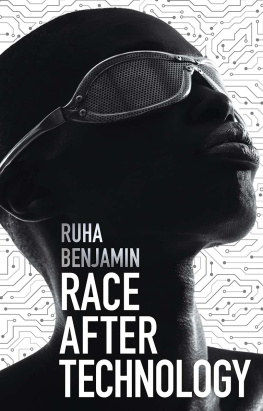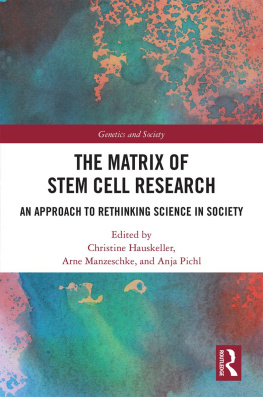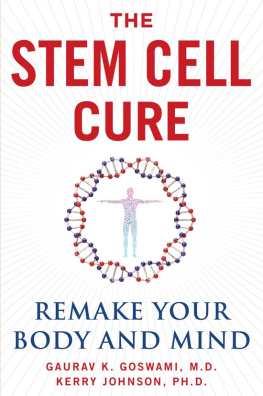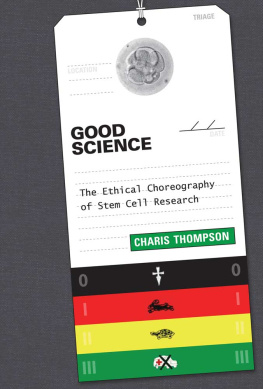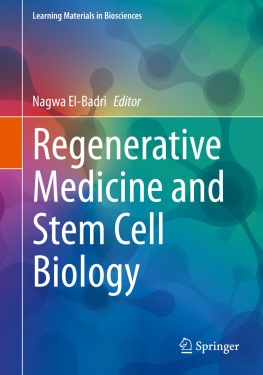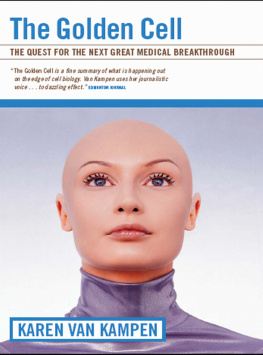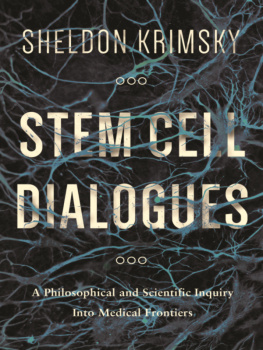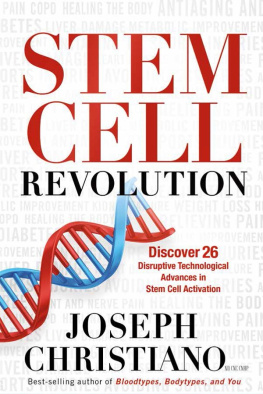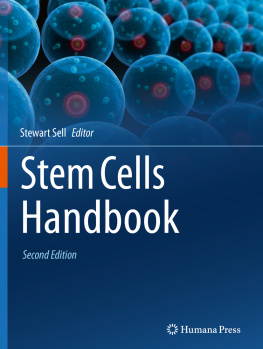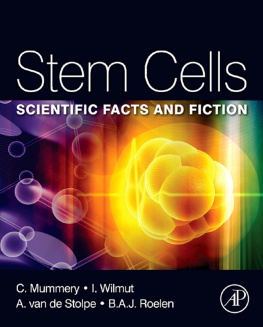Stanford University Press
Stanford, California
2013 by the Board of Trustees of the Leland Stanford Junior University. All rights reserved.
No part of this book may be reproduced or transmitted in any form or by any means, electronic or mechanical, including photocopying and recording, or in any information storage or retrieval system without the prior written permission of Stanford University Press.
illustration by John Alan Birch. Reproduced by permission.
illustration by Kenneth Anthony Burney. Reproduced by permission.
Printed in the United States of America on acid-free, archival-quality paper.
Library of Congress Cataloging-in-Publication Data
Benjamin, Ruha, author.
Peoples science: bodies and rights on the stem cell frontier / Ruha Benjamin.
pages cm
Includes bibliographical references and index.
ISBN 978-0-8047-8296-8 (cloth: alk. paper) -- ISBN 978-0-8047-8297-5 (pbk.: alk. paper) -- ISBN 978-0-8047-8673-7 (electronic)
1. Stem cells--Research--Social aspects--California. 2. Stem cells--Research--Government policy--California. 3. Embryonic stem cells--Research--Social aspects--California. 4. Embryonic stem cells--Research--Government policy--California. 5. Medical policy-Social aspects--California. I. Title.
QH588.S83B46 2013
616.02'774072--dc23
2013006484
Typeset by Bruce Lundquist in 10.5/15 Adobe Garamond
PEOPLES SCIENCE
BODIES AND RIGHTS ON THE STEM CELL FRONTIER
RUHA BENJAMIN
STANFORD UNIVERSITY PRESS
STANFORD, CALIFORNIA
for behin & truitt
We seem to be made to suffer. Its our lot in life.
C-3PO, Star Wars (1977)
There has to be more that we can do, a better destiny that we can shape. Another place. Another way. Something!
Octavia Butler, Parable of the Sower (1993)
In the technical realm, we repeatedly enter into a series of social contracts, the terms of which are revealed only after the signing.
Langdon Winner, The Whale and the Reactor (1989)
What we need today, for the sake of the survival of this planet, is long-term vision. Can governments whose very survival depends on immediate, extractive, short-term gain provide this? Could it be that democracy, the sacred answer to our short-term hopes and prayers, the protector of our individual freedoms and nurturer of our avaricious dreams, will turn out to be the endgame for the human race?
Arundhati Roy, Harvard STS Science and Democracy lecture (2010)
CONTENTS
PREFACE
As a social scientist interested in learning how science and technology can serve as a window onto broader questions of health, equity, and justice, I have often felt pressured to bracket my personal experiences so as not to taint my analytic gaze. This, despite the fact that those we might call nonsocial scientists, who practice the hard disciplines, are socialized within particular cultural milieus and known to bring their personal biographies into the lab. I inevitably still struggle to study the social world while caring deeply about what kind of world we bring into being, and so I have worked to sharpen an objectivity grounded in self-reflection, one by which I take stock of my experiences, assumptions, and commitments so that I can produce a more complete and contextualized representation of my research subject.
As life would have it, a week before the final revisions of this manuscript were due, my father was rushed to the hospital with strokelike symptoms. Having already undertaken the massive task of learning to walk and work again after his left side was paralyzed due to a stroke three years ago, here he was again: in a small hospital room at Cedars-Sinai, where neurologists were trying to figure out an effective course of treatment. This time around there was one crucial difference. After his first stroke, my dads employer-based health insurance covered the multiple tests, treatment, and physical therapy that allowed for his slow recovery. But this time, working in a new and precarious line of work, he was uninsured. So the longer, more substantial, and perhaps more effective his treatment turns out to be, the bigger and more burdensome the bill that awaits him when he eventually checks out of the hospital.
Instead, our ideas about the relationship between different parts of the universe, our refined assumptions, make it possible to detect forces that were completely invisible before. The more we are attentive to our theories and principles, the better our research; not only is our capacity for producing data enhanced but hopefully so is our ability to revise our assumptions when confronted with the unexpected. A social principle in this way can and should share the flexibility of a theorem.
This brings us to one of the core themes of this book: in a society of haves and have-nots, the biomedical ingenuity that can bring people back from near death has a double edgeone side excising brain embolisms from blood vessels where they do not belong, and the other side deepening the fault lines through which our current social order distributes suffering and premature death in radically uneven ways. As Jo Phelan and Bruce Link put it, [w]hen we develop the ability to control disease and death, the benefits of this new-found ability are distributed according to resources of knowledge, money, power, prestige, and beneficial social connections. But does this mean biomedical ingenuity must necessarily deepen inequalities? Before undertaking this study, I assumed so, in part because I experienced science and medicine primarily as an outsider and was not aware of the openings through which innovation and equity could be mutually constructed.
My experiences as an outsider within tell me we dont have to put scientific innovation on hold for more equitable social relations to first take shape. of those who do not have access to affordable healthcare will, for example, make it apparent that a more varied people must participate in the governance of science, technology, and medicine, fully contributing to the decisions that impact their lives and, even more fundamentally, their life chances.
As an African American woman of mixed ethnic heritage and someone who specializes in qualitative research methods that require a fair amount of interpretation, my precarious location in the academy has heightened my attention to this question of how experiences shape knowledge production. I have walked a fine line in the pages to come, seeking to represent the social and political struggles over new biotechnologies with commitment to the principles of equity and justice I hold dear, and with fairness to my research subjects. Some readers may come to question my evenhandedness, wishing I had infused less assessment and interpretation of the stakes of these struggles into this work, while others will wonder why I did not come down harder on one side or another. To both I acknowledge, the line I walk is more like San Franciscos Lombard Street. Crisscrossing the landscape of scientific empiricism and cultural meaning, my aim is less to strike a perfect balance or arrive at a final destination than to introduce those I have met along the way to others whose social worlds they may have ignored, dismissed, or misunderstood.
ACRONYMS
ART: assisted reproductive technology
CGS: Center for Genetics and Society
CIRM: California Institute for Regenerative Medicine


